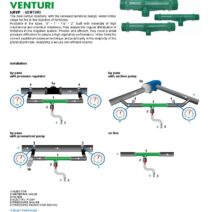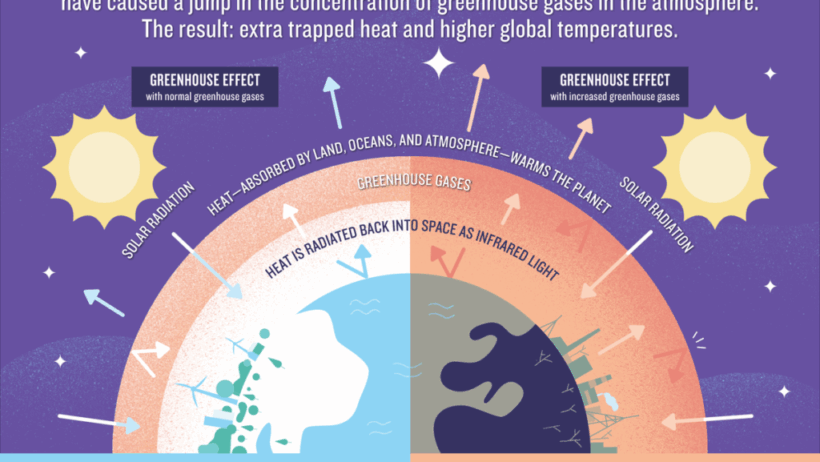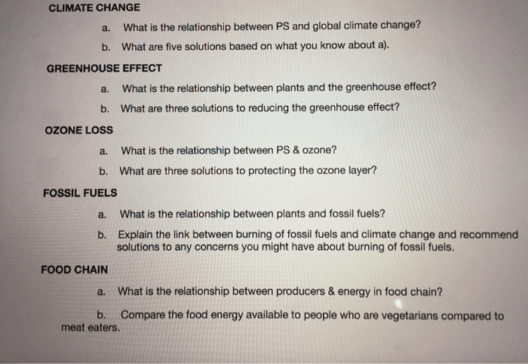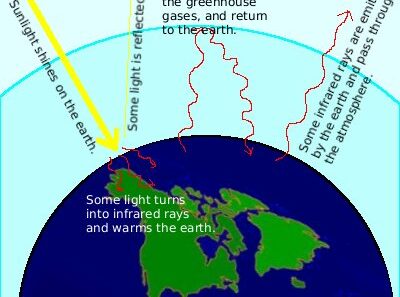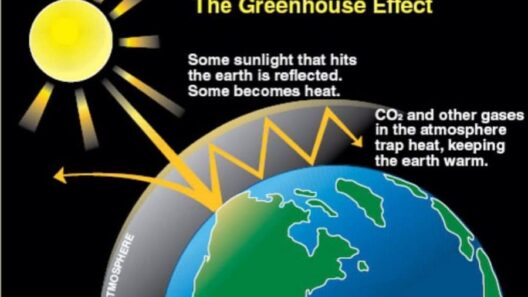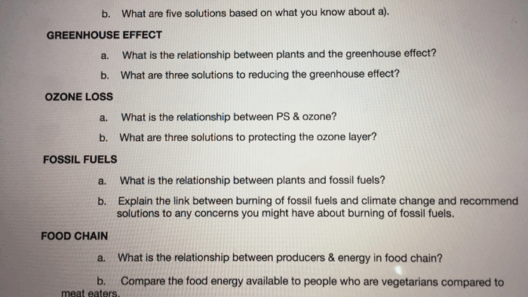How Does Methane Contribute to the Greenhouse Effect? Exploring the Role of Methane in Warming the Planet
As we traverse the landscape of environmental challenges, one might ponder: if carbon dioxide is the heavyweight champion of greenhouse gases, could methane be the agile contender making surprising moves in the background? This notion leads us directly to the multifaceted role of methane in climate change—a compelling narrative of a potent greenhouse gas that exerts significant influence over the Earth’s atmospheric dynamics.
The Greenhouse Effect and Its Protagonists
At its core, the greenhouse effect is a natural phenomenon that warms the Earth’s surface. Solar energy penetrates the atmosphere, warming the planet. In turn, this warmth is radiated back towards space. However, greenhouse gases, including carbon dioxide, methane, nitrous oxide, and water vapor, trap a portion of this heat, regulating the planet’s temperature and creating a hospitable environment for life. Without this effect, Earth would be a frigid, inhospitable place.
Yet not all greenhouse gases are created equal. Methane (CH4), despite being found in smaller quantities compared to carbon dioxide, is significantly more effective at trapping heat in the atmosphere. This potency raises intriguing questions about its role in global warming.
Introducing Methane: The Silent but Deadly Player
Methane is classified as a short-lived climate pollutant, with a lifespan in the atmosphere of only about a decade before it breaks down into carbon dioxide and water vapor. However, during its brief tenure, methane is responsible for about 25 times more warming than carbon dioxide over a 100-year period. This stark contrast highlights its immediate impact on climate change. The source of methane emissions is diverse, ranging from natural sources such as wetlands and geological seeps to anthropogenic activities like agriculture, landfills, and fossil fuel extraction.
Understanding the Sources of Methane Emissions
The primary culprits of methane emissions can be delineated into several key categories:
Agriculture: Livestock such as cows and sheep are significant contributors to methane emissions through enteric fermentation—a digestive process that produces methane as a byproduct. Manure management also releases methane as waste decomposes anaerobically. Together, agriculture accounts for a substantial portion of global methane emissions.
Landfills: Decomposing organic waste in landfills emits methane as a result of anaerobic decomposition. When food scraps and other organic material break down without oxygen in a landfill, they generate methane, which seeps into the atmosphere.
Fossil Fuels: Methane leaks occur during the extraction, processing, and transportation of oil and natural gas. These emissions, sometimes referred to as fugitive emissions, pose a significant environmental challenge, as they can be released undetected from infrastructure and lead to catastrophic consequences for the atmosphere.
Wetlands: Interestingly, natural systems such as wetlands are also substantial sources of methane. Microbial activity in these waterlogged areas contributes to methane production, illustrating that while nature does produce methane, human activities exacerbate the problem dramatically.
The Impacts of Methane on Global Warming
With an understanding of methane’s origins, we can now explore its impact on global warming. The challenge posed by methane is multi-layered:
Accelerated Climate Change: The heat captured by methane contributes to a rise in global temperatures. This, in turn, leads to increased frequency and intensity of extreme weather events, such as hurricanes, droughts, and floods. The destabilization of weather patterns can have dire effects on water resources, agriculture, and ecosystems.
Feedback Loops: The interplay of methane and climate change creates a concerning feedback loop. Warming temperatures can increase the release of methane from permafrost and hydrates—vast storehouses of methane trapped in ice. As these reserves are released, they exacerbate atmospheric warming, creating a cycle that is difficult to break.
Health Implications: Air quality is another victim of rising methane levels. Methane can contribute to the formation of ground-level ozone, which poses health risks, particularly for respiratory conditions. This illustrates that the impact of methane is not confined to climate alone; it extends to public health and well-being.
Tackling the Methane Challenge: Solutions and Innovations
Given the potent impact of methane on global warming, a proactive approach is imperative. What can be done to mitigate methane emissions? Solutions include:
Innovative Agricultural Practices: Interventions such as dietary changes for livestock, improving manure management techniques, and implementing anaerobic digesters can significantly reduce emissions. Establishing cover crops and proper land management can also help in carbon sequestration, promoting healthier soils.
Landfill Management: Capturing methane from landfills and utilizing it as energy can significantly cut methane emissions while yielding renewable energy. Advanced landfill designs that minimize decomposition without oxygen can help address this issue.
Fossil Fuel Industry Regulations: Stricter regulations on methane leaks in the fossil fuel sector must be enforced. Monitoring equipment, enhanced pipeline integrity testing, and prompt repairs can substantially reduce fugitive emissions.
In Closing: Prioritizing Methane Mitigation
The journey to understanding methane and its role in the greenhouse effect is just beginning. Addressing methane emissions should be at the forefront of climate action initiatives. If we can successfully tackle this challenge, we move one step closer to a more stable climate and a healthier planet. So, what role will you play in this global ongoing narrative? Will you advocate for sustainable practices and support policy changes that prioritize methane mitigation?

